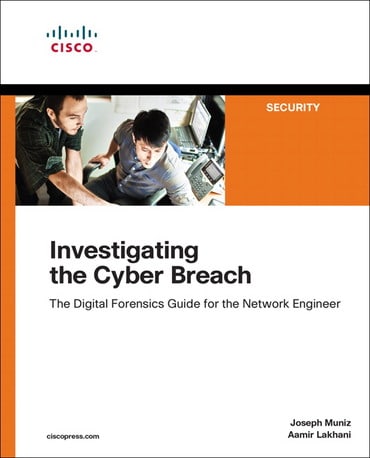Switch content of the page by the Role togglethe content would be changed according to the role
Investigating the Cyber Breach: The Digital Forensics Guide for the Network Engineer, 1st edition
Published by Cisco Press (February 7, 2018) © 2018
- Joseph Muniz
- Aamir Lakhani
eTextbook
$39.99
$39.99
Need help? Get in touch

Digital Learning NOW
Extend your professional development and meet your students where they are with free weekly Digital Learning NOW webinars. Attend live, watch on-demand, or listen at your leisure to expand your teaching strategies. Earn digital professional development badges for attending a live session.

